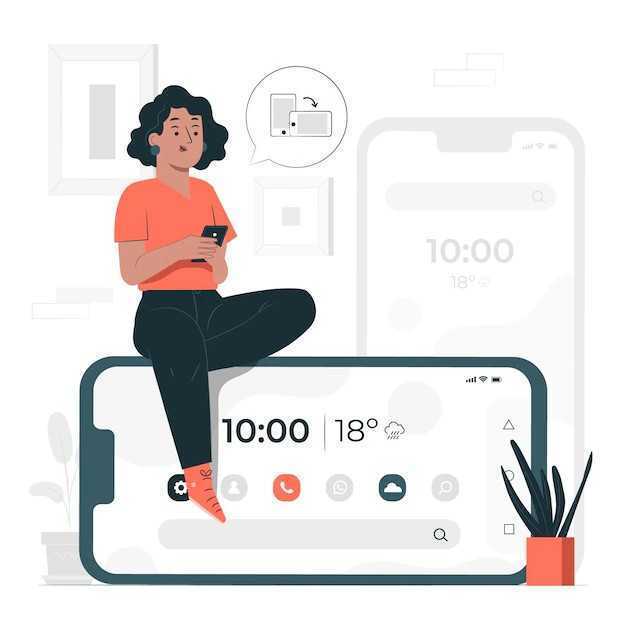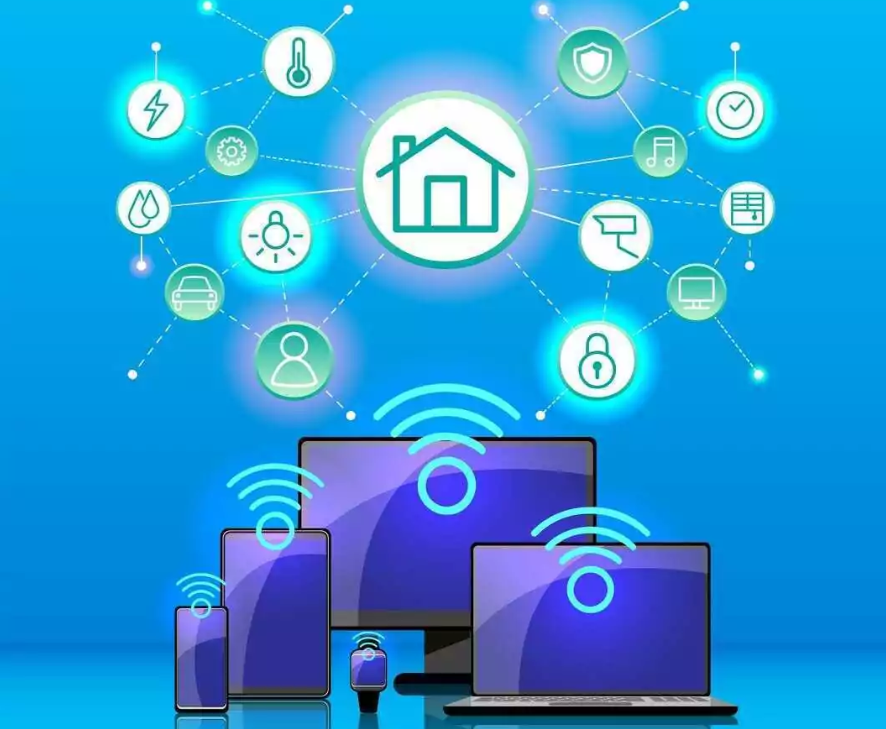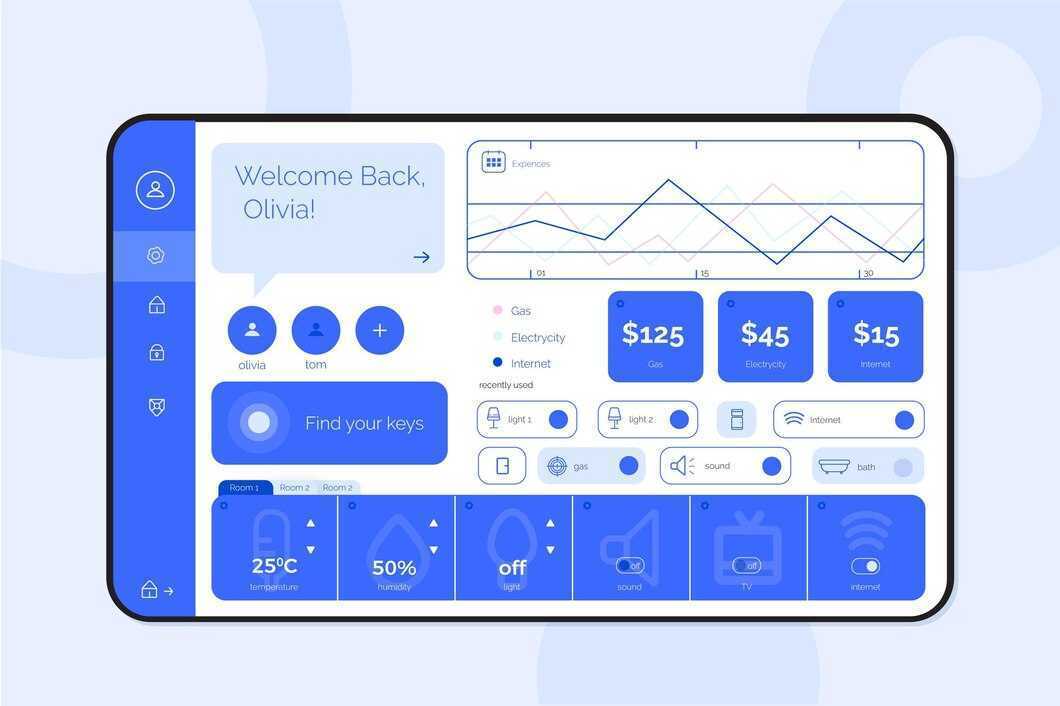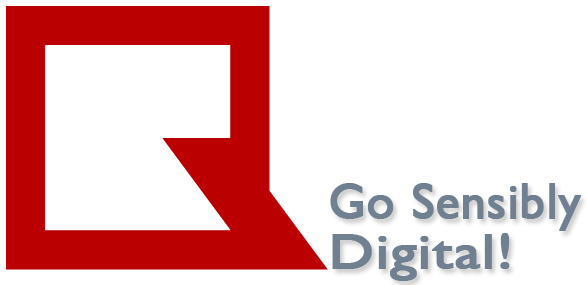Internet of Things (IoT)
overview
The Internet of Things (IoT) connects everyday devices to the internet, allowing them to collect and exchange data automatically. Through sensors and processors, objects such as refrigerators, light switches, and industrial machinery can now communicate and perform intelligent actions. Enabled by affordable, miniaturised chips and fast telecommunication, IoT makes our surroundings smarter and more responsive. From home automation to business applications, IoT is transforming industries by improving efficiency, enhancing productivity, and creating new opportunities for innovation.
Key Features of Internet of Things (IoT)
Smart Devices
These are the stars of the IoT show. From fitness trackers that monitor your steps to smart thermostats that learn your preferred temperature, these devices are equipped with sensors and processors that gather real-time data from their environment, users, or usage patterns. They send this data over the internet, making sure everything stays in sync.


IoT Application
This is where the brains of the operation lie. The IoT application takes all the data from various devices and uses advanced technologies like machine learning or artificial intelligence to analyse it and make smart decisions. Think of it like the brain behind your smart home that decides when to turn on the lights, adjust the heating, or lock the doors—based on what it learns about your habits.
Graphical User Interface (GUI)
All this intelligent activity needs a way to be controlled, and that’s where the GUI comes in. Whether it’s through a mobile app or a website, the GUI provides an easy-to-use interface for you to monitor, adjust, and manage your devices. With just a few taps, you can control your entire IoT ecosystem, making it easier than ever to live in a smarter world.

Benefits Of IoT
The Internet of Things (IoT) brings a wealth of benefits that can drive your business forward, enhancing operations, customer experience, and overall efficiency. It is a network of interconnected physical devices embedded with sensors, software, and other technologies, enabling them to collect, exchange, and act on data over the internet. IoT bridges the gap between the physical and digital worlds, providing real-time insights and automation across various domains.

Accelerate Innovation
With IoT, businesses gain access to real-time data that opens doors to new opportunities. By analysing customer behaviour, companies can create more effective and targeted marketing campaigns. For example, retail businesses can use IoT data to understand foot traffic and shopping patterns, helping them optimise store layouts or promotional offers to increase sales.
Turn Data Into Insights and Actions with AI and ML
IoT-generated data isn’t just raw numbers—it’s an asset that can predict future trends and outcomes. Take the automotive industry, for example. IoT sensors in vehicles can collect data about engine performance and wear-and-tear patterns. By combining this with AI and machine learning, businesses can predict maintenance needs and prevent costly breakdowns. This leads to more proactive customer service, ultimately fostering stronger customer loyalty.
Increase Security
Security is paramount in today’s digital and physical environments. IoT devices continuously monitor systems, both digital and physical, ensuring performance optimization and reducing potential safety risks. For instance, a manufacturing plant can use IoT sensors to monitor machinery and infrastructure in real time, automatically scheduling system updates and preventing malfunctions that could disrupt production or create safety hazards.
Scale Differentiated Solutions
IoT technologies allow businesses to respond quickly to customer needs, offering customized solutions that enhance satisfaction. In the retail sector, for example, IoT can help track product popularity in real-time, ensuring that trending items are restocked promptly, avoiding shortages and missed sales opportunities.


